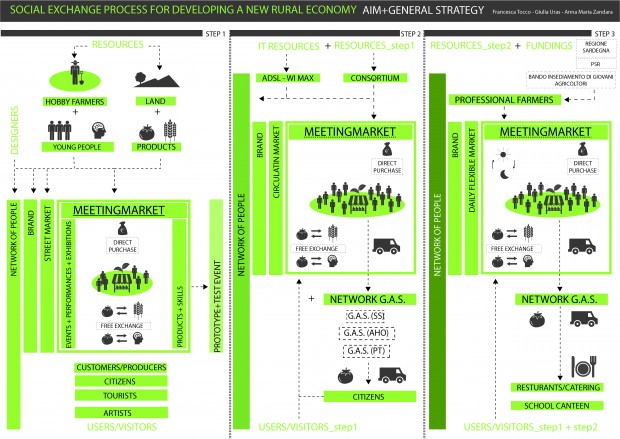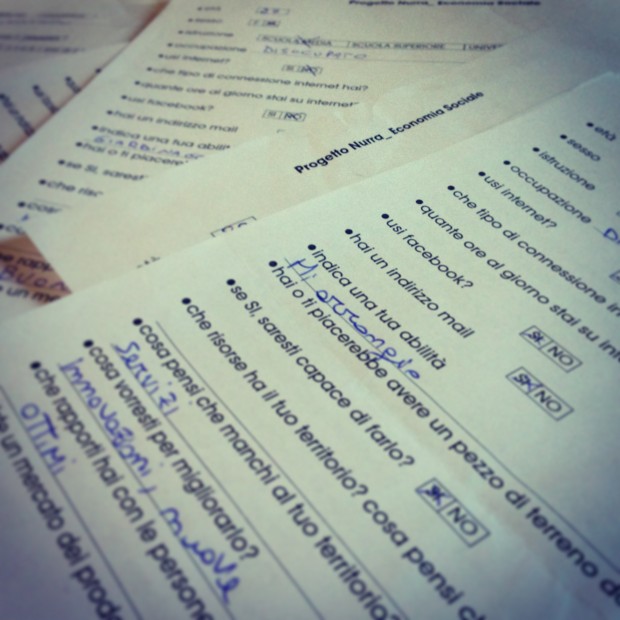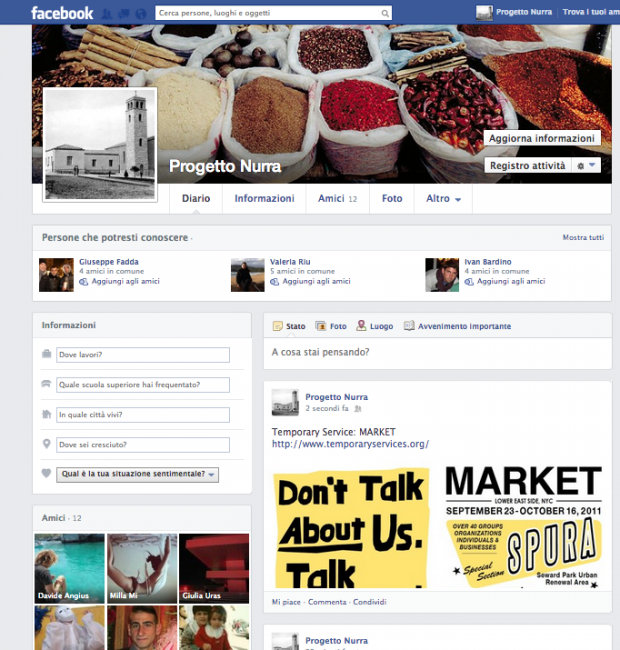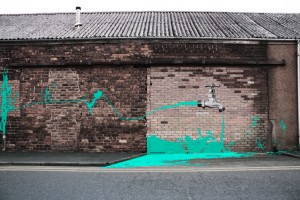Networked Urbanism
design thinking initiatives for a better urban life
apps awareness bahrain bike climate culture Death design digital donations economy education energy extreme Extreme climate funerals georeference GSD Harvard interaction Krystelle mapping market middle east mobility Network networkedurbanism nurra nurraempathy placemaking Public public space resources Responsivedesign social social market Space time time management ucjc visitor void waste water Ziyi
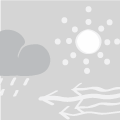
resources
Looking into the resources that power and feed cities and human settlements in general, taking an holistic, interconnected and lifecycle-wide approach to their use and management. How are they being taken care of, kept or distributed? How could be used them in a more efficient way?
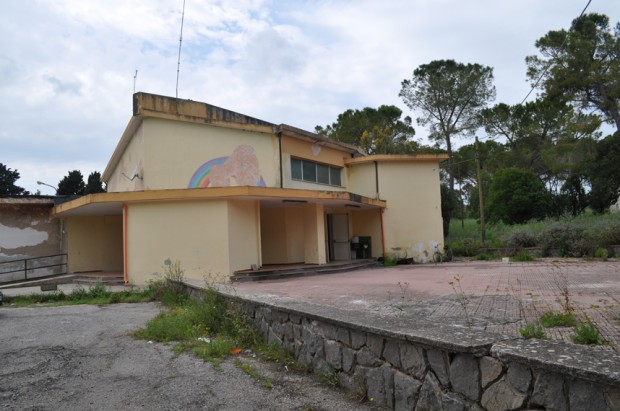
Our team is turning bigger and bigger!! We need more space! Thus we asked an association who is actually managing the old-cinema in Tottubella if it’s possible to use the big room for our meetings and they answered we can go there just sending a fixed calendar.
Now we have an offical place for two days a week till the event!!
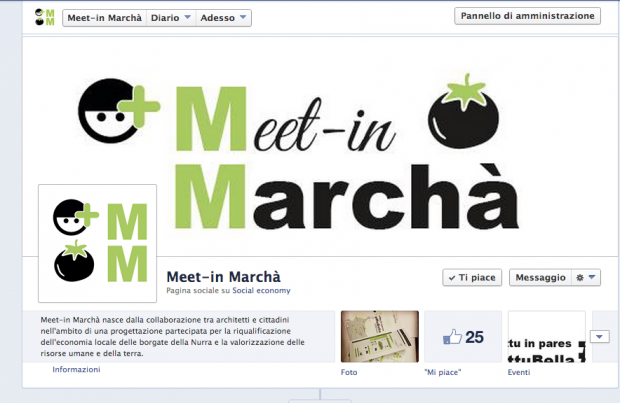
We keep on working to realize a real event in Tottubella. This event will be at the end of June, and in order to do that we are still building our network of participants.
We built a new page on FB expanding our contacts and also to external people. We also kept the FB profile in order to have two levels of communications.
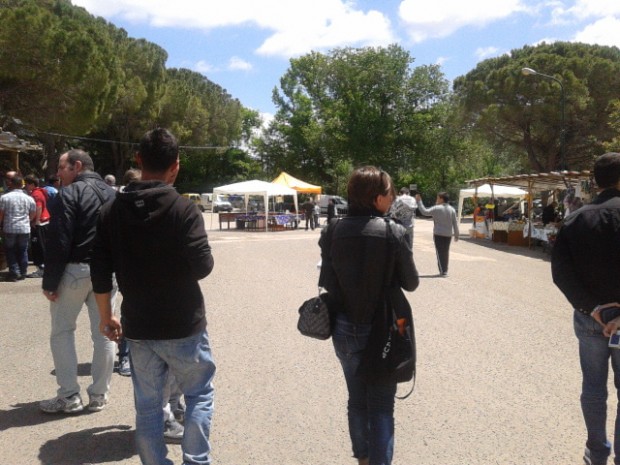
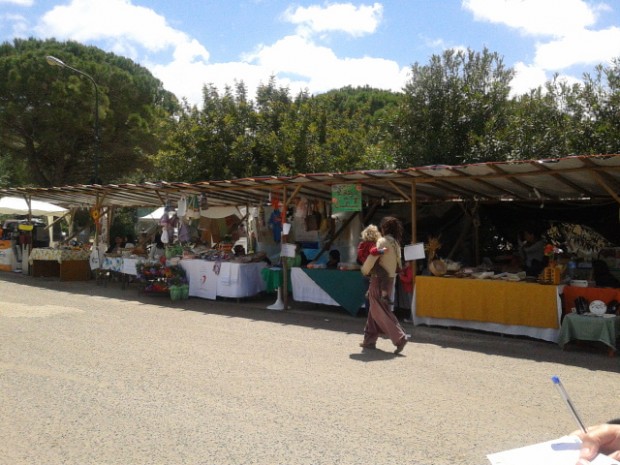
Yesterday we have been to the local “Mostra Mercato” in Tottubella, and chatting with the event organizer we realize the common aim we have. So we decided to work together, and tomorrow we will have a meeting again in Tottubella in order to discuss all the points we could share and in which way their event and their process need to be implemented and improved.
They seemed to be very open to discussion and new ideas. So they started to introduce us to other key-people who attended the event yesterday, who are really oriented in doing a free-exchange.
So far we collected the following key-people:
– Young people from Tottubella – The great part who really deserves this new process – we have several experts with specific skills or products;
– “MostraMercato” organizer – They already know how to organize an event in Tottubella, and they already have all necessary contacts with municipality – They already presents our project to the politicians who showed a good interest;
– Small producers who supports our strategy of free-exchange – (at least 3. next attendants waited for this next tuesday);
– the Priest in Tottubella – key-person for connection with families;
– AlfaUno Association – voluntary Association in Tottubella who works in the real society helping citizens – They showed us a very good help spirit and good connection with local press and media;
– Group of artists from all over Sardinia – They accepted to attend the next event without be payed – Still in process terms of exchange;
– Lollove – Online press focused on new developing process in Sardinia, art, architecture, design – We will have an article;
Last progress can be visualized in francesca tocco profile
My work can be visualized on Francesca Tocco’s post
Studying the general strategy we get into a new part of the project.
Our challenge is to create an inverse process where you can start a cooperative without any money.
In the Nurra area people produce their own fruits and vegetables and often they produce a little surplus of its. Thus, our market is conceived for unemployed people and hobby farmers that want to develop a new social economy based on free exchange and direct purchase. This market has few rules in order to allow people to take part of it: so if you want you can buy something or exchange it offering one of your skills.
The strategy is divided in 3 steps.
The first one starts from the resources (both human and natural). The human resources are represented by people (age 20-35) from different small villages, while the natural resources are fruits, vegetables and wine typical of this area of Sardinia.
As designers,we try to organize this existing resources through a local market system where people can sell or exchange the products and their own skills. Through the Facebook page we develop a network of people that helped us to create the brand: Meet-ing Marchà. Involving artists , distributing flyer we promote our test event in order to check if this system can really work and also for the future events.
In the second step the market made in Tottubella start circulate and involving more people from the other small villages, creating an hobby farmers consortium and involving a network of G.A.S. (ethical purchasing groups) of close cities (Sassari, Alghero, Porto Torres).
In the third step the Meet-ing Marchà will expand itself more and more and the producers will need some funds to develop their production because of an increasing demand in order to became a professional farmer.
Now we are planning the next meeting.
Stay tuned!!
Here we show our next step: the questionnaire.
The last days we drive across the little villages of the Nurra to meet some people because we would like to know something about their lives and their problems.
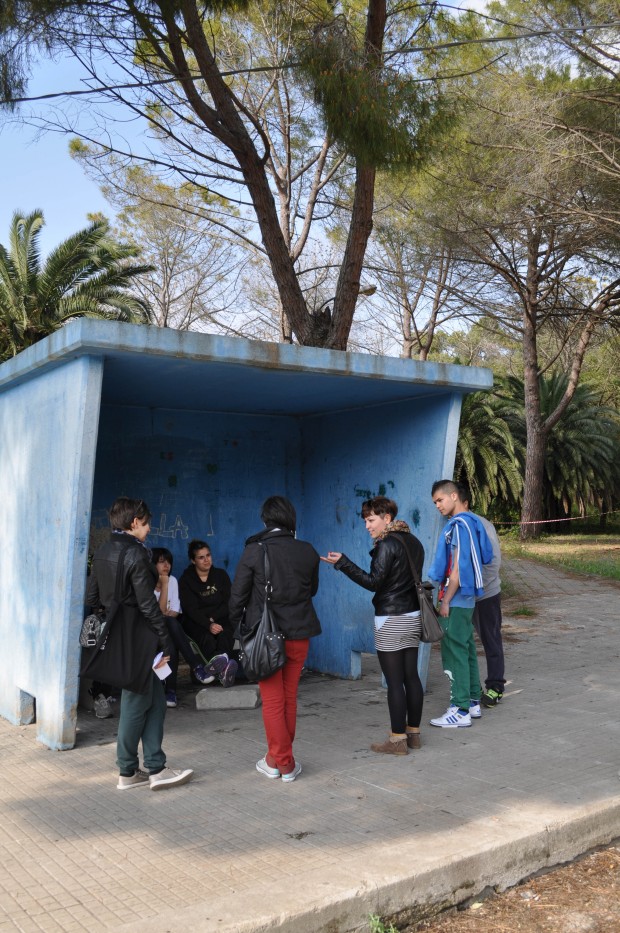
We went to Tottubella, Santa Maria la Palma, La Corte, Palmadula, Argentiera and Pozzo San Nicola. In this way we had a little view about the different situations; we prepare an anonymous questionnaire in order to find some data about people who lives there, what kind of resources and needs have the site, which are the skills of each person and to start a relationship, and we made a video interview of some young guys of Tottubella.
Waiting for the results of the questionnaires and for the relative data we are preparing some diagrammatic maps about the different little villages.
We meet people of different ages and reading the answers we decided to concentrate our attentions to a range between 15 and 30 years old.
In the same time we create a network with the people of the different villages we met by a facebook page called Progetto Nurra where we can share information and suggestion involving young people in this project. Now it’s just the first statement but we are working with them for creating a brand and update the page.
During all this research we turn our starting idea on a different direction and we start to think with the eyes of people that lives there and we realized that the last proposal was made by an external view before getting in touch with the local peolpe. Thus we started to investigate about a flexible street market that can change its location during the week and its function during the day. Whit this system we can create a market of local products.
We are still working on each these aspects, we are trying to involve even more people.
So… stay tuned!!!
Here the first video about Economy topic for our Studio about Networked Urbanism in Nurra.
Concept for this first step has been the free-exchange of goods, services and knowledges between individuals. We are still investigating if that concept is something that actually really fits on our site. Thus we started from the Economic and Resource topic trying to focus on a social aim as well, in order to revitalize the whole area by its own origin: the agriculture and its goods.
Next step will be investigating more by chatting with local people and asking them to answer some questionnaires.
Stay tuned!!
Bostonians, through their water usage, are one part of an extensive, connected system. The delivery of water to and from your home comprises of more resources than water alone and results in large scale infrastructural interventions that shape our landscape and impacts ecosystems on both sides of the chain. Through exploring methods of communicating these concepts, I hope provide a tool that educates users as to what resources go into the treatment and transport of water, how they’re using water in their homes and why it’s important to conserve it.
“Know Your Water” came out of an interest in the hidden infrastructure of the city. Cities have complicated networks of resources that lie beneath them and only through the occasional clue, such as a manhole cover, are we even aware of their existence. Water, electricity and gas all appear at the click of a switch as if by magic; their supporting infrastructure only questioned when there are problems. I was particularly interested in the water network of Boston due to the sheer size of its supporting infrastructure. Reservoirs and aqueducts are incredibly large interventions and Boston has one of the largest man made reservoirs in the world. How have these massive landscape interventions been so successfully removed from our consciousness?
The first half of the semester was devoted to demystifying the water network, understanding all of the pieces of the potable water system from collection to use with the ultimate goal of targeting issues within the system that need to be communicated to the public. Since people tend to be very proactive about pushing for improvements in visible infrastructure such as streets, I hoped that I could help encourage them to take an equal interest in their water infrastructure and push for improvements in the aging underground networks.
Through research and interviews I realized that most of the issues in the Boston area lie not within the potable water networks, but post-use in the sewers. For example, combined sewer/storm water overflow pipes are driving the design of our sewer systems and waste water treatment plants, causing major inefficiencies in the system except during large storm events. Additionally, due to old pipes, clean water is infiltrating into the sewers which, combined with a largely impervious surface, are lowering the ground water level causing historic wood pilings in buildings. However, the most essential piece of information I found was that the knowledge gap between the user and the water system is at a very basic level. Partially due to the abundance of rain in the region, clean water is majorly undervalued and many users don’t understand why they should conserve it or even pay for it.
Currently, the average person pays only 1 to 2 cents per gallon for tap water in the Boston metropolitan area. Considering that as our population grows water is only going to get scarcer and prices cannot remain so deeply subsidized indefinitely, the goal of the project shifted to address the education of the average user towards the larger infrastructural, resource and ecological requirements of water usage.
The infrastructural requirements to provide water to the entire Boston metropolitan area are obviously quite extensive. There are three water sources feeding the system: the Quabbin Reservoir, the Wachusett Reservoir, and the Ware River. Much of the land that drains into these sources, especially the Wachusett and Quabbin, is protected and came at the cost of displacement of multiple towns. Additionally, the water travels at least 80 miles from collection to ocean release in pipes that range from 4 inches 23 feet in diameter.
There are also many other resources required in this process. A huge amount of energy is necessary to pump and treat waste water and despite many efforts to use renewable resources as often as possible by the Massachusetts Water Resources Aurthority, 84% of the energy they use is still coming from power plants. There are also several chemicals that go into the water treatment process, disinfecting and altering the water composition.
Perhaps most importantly, the understanding that our water usage is part of a larger, connected system is crucial. Our use affects ecosystems on both sides of the chain, and if the awareness of where our water will go can be achieved, then perhaps we can start to make smarter choices about our usage and what we put down the drain.
“Know Your Water” is not just about the water system alone, but is also an exercise in effectively conveying information. Much of my research is available through various water authorities’ websites but is not presented in an easily accessible format. The process of water usage is complicated and systemic; the typical diagram is not effective at communicating these types of overlapping processes. Through a reiterative method, I used animation as a tool for experimentation in communication. The resulting short animation is hopefully not just explaining the process to users, but by presenting the information in a neutral way, is asking people to have an opinion about it. Working with the water resource authorities to make this film most effective, it would ideally be provided to users at the point of payment online. This animation is only the basic information, leaving many opportunities for the more specific sewer issues to be addressed in accompanying videos.
« Previous 1 2 3 4 Next »
